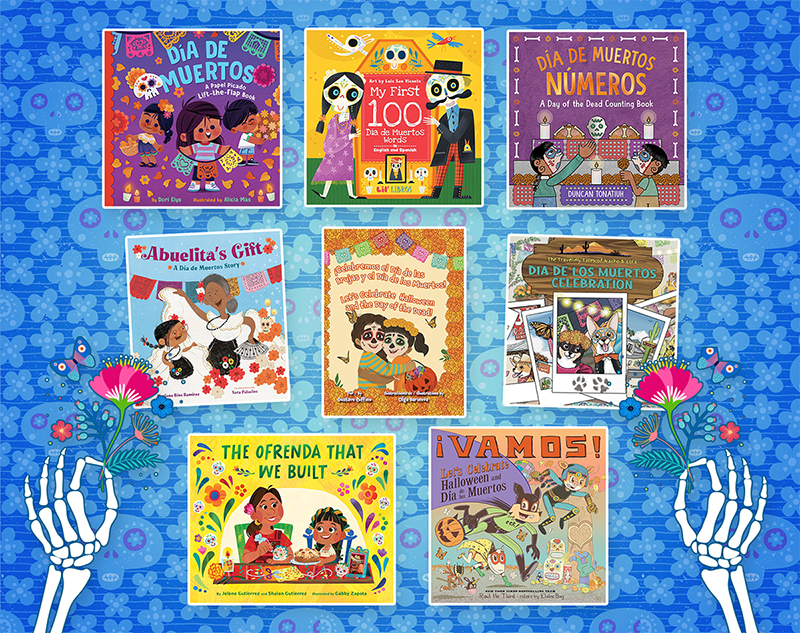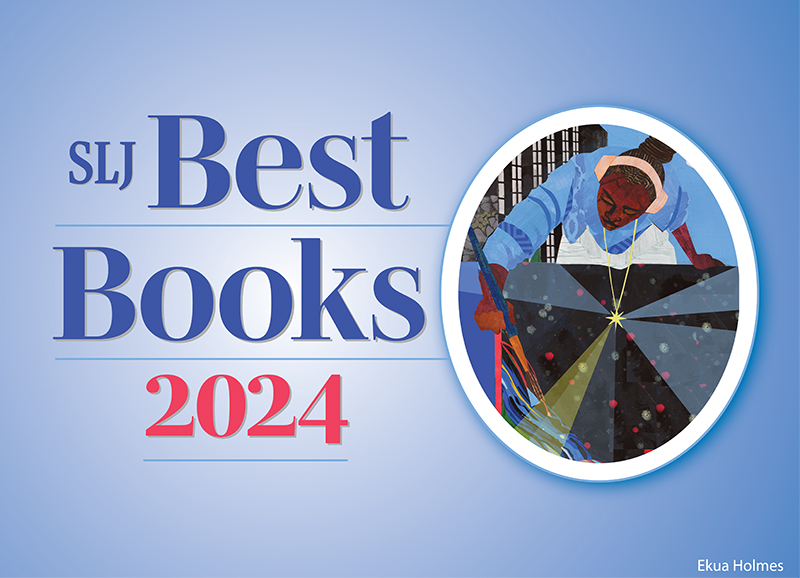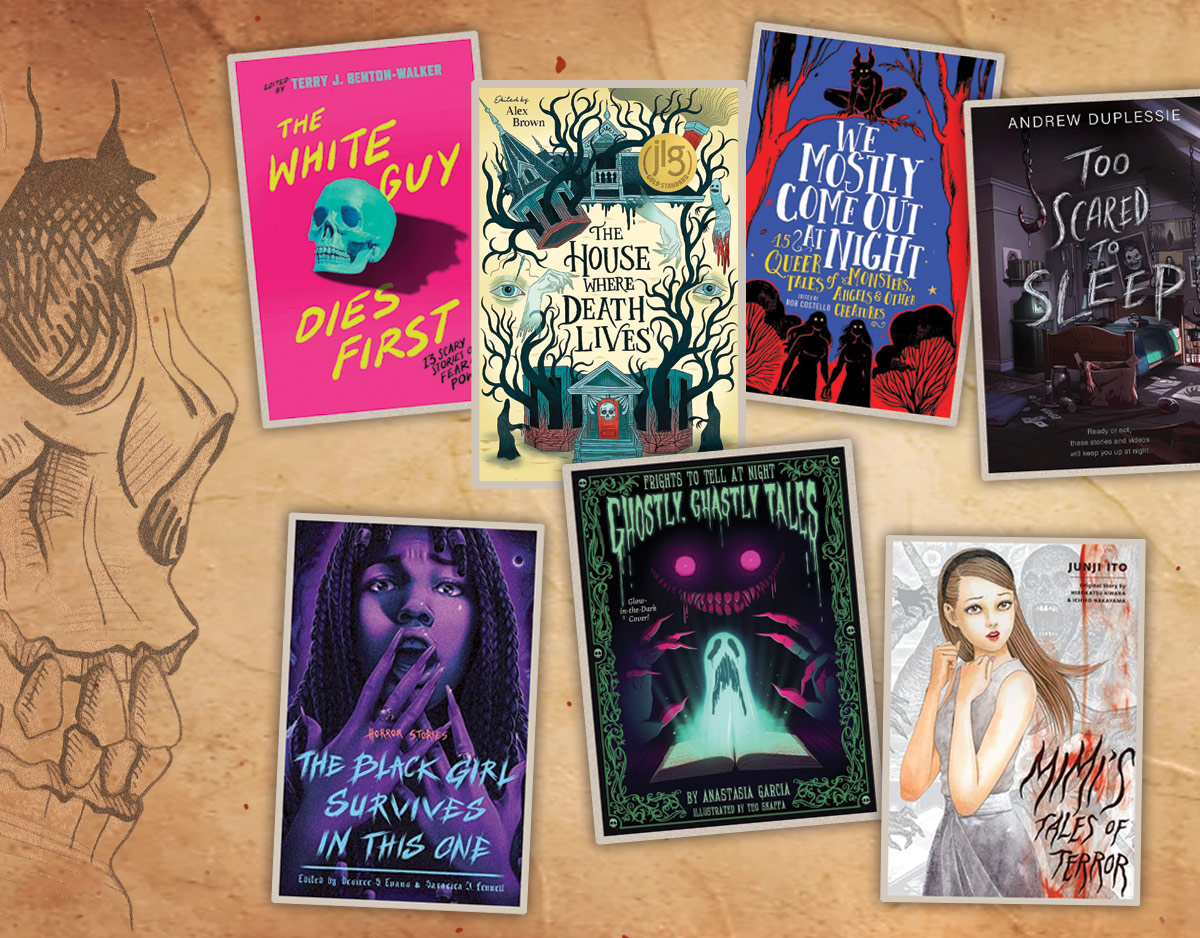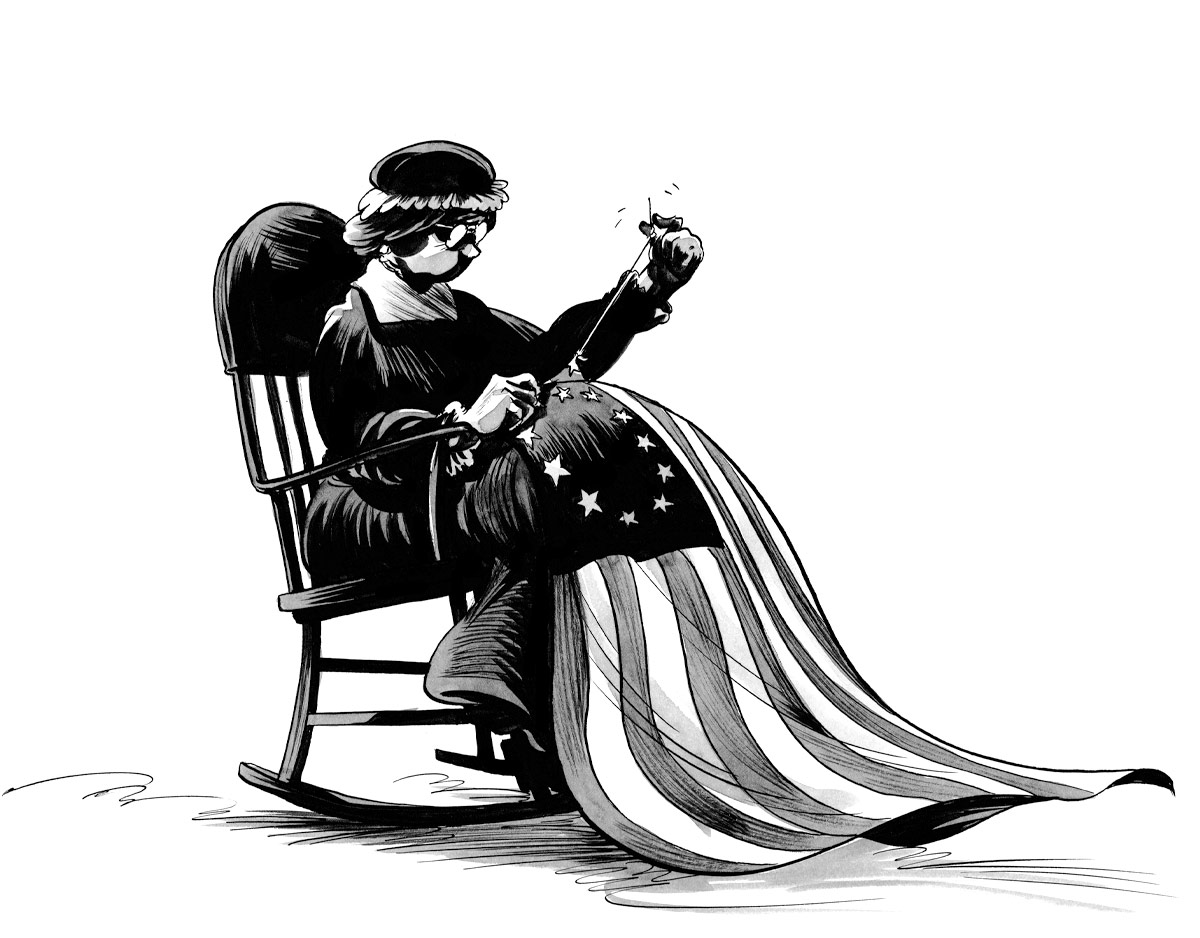Little White Rabbit
Kevin Henkes. (2002). In Major Authors and Illustrators for Children and Young Adults. Gale.
- Color Concept Books. Little White Rabbit wonders what it would be like to be green, and surrounds himself with plants and creatures that are all the color green whether they are or not in the actual world. Create individual or class color concept books, in which each student imagines him/herself a different color, and creates the appropriate landscape in which to immerse him/herself. Some students might prefer to create nonfiction color concept books instead, organizing pictures of objects they see in the real world by their actual colors. It would be marvelous if these books could be shared, with preschoolers sharing with toddlers, second graders sharing with kindergartners, etc.
- Wonder Song. Throughout Little White Rabbit, the protagonist wonders what it would be like to be something that he sees around him, both animate and inanimate. After reading the book, take your class on a walk around the school yard, clipboards and pencils in hand. Stop periodically and have students draw a picture of something that they wonder about. When you get back to the class, have students share what they drew and what they wondered about in pairs. As a class, see what objects or creatures students had in common, and turn their wonderings into a song. Adapting a familiar tune by adding new words would be the most efficient way to do this.
- Text-to-Text Connections. Read aloud Sylvester and the Magic Pebble, a Caldecott Award-winning picture book by William Steig, in which a donkey is turned into a stone. How are the books similar? How are they different?
- Exploring Line. In Little White Rabbit, Henkes outlines shapes with thick pencil, as he did in the Caldecott Award-winning Kitten’s First Full Moon and others. Give students the opportunity to draw what happens to Little White Rabbit after the book is over, using the same tools as the illustrator: color pencils and acrylic paints. Photocopy or scan each child’s original illustration, and then have them outline the major parts of one of the copies using a thick charcoal pencil, to mimic the thick brush outlines Henkes used. Hang each child’s drawings side by side. What feels different? How would the story feel different if the bold outlines weren’t there?
- Something Scary. At the end of Little White Rabbit, the protagonist gets scared by a cat, and seeks the safety of his mother. What are some of the things that scare students in your class? Brainstorm a list of things that scare them, and things that comfort them. Next, create a class book in which each student writes and illustrates a two page spread of what scares him/her and what comforts him/her.
- Color Portraits. Little White Rabbit imagines what it would be like to be green. Examine that two-page spread and have students share how the picture makes them feel. What mood do they identify? Explore the mood in other paintings and brainstorm the ways in which color contributes to a painting’s mood. Next, show students some examples of Pablo Picasso’s Blue Period (see online link below), and the ways in which he used shades of blue to cultivate mood. Have students create self-portraits using various shades of single color. Hang them along a wall in the classroom or hallway, complete with paragraph-long “museum cards” that explain what each student was hoping to achieve through the use of their particular color.
- Text-to-Text Connections. Read aloud Maurice Sendak’s Where the Wild Things Are. What connections do the students draw between it and Little White Rabbit? How is white space used to shape the visual story? Have students storyboard their own picture books in which they consciously try to use white space to help shape the story they are trying to tell through text, illustrations, and total book format. Make sure that students include an author’s note in which they write about this attempt.
- Author Study. Have students explore the work of Kevin Henkes’s picture books during literacy stations. One station can contain his aforementioned “square” books. Another station can have the books that contain Lily as a character (Lily’s Plastic Purple Purse, Lily’s Big Day, Julius the Baby of the World, Chester’s Way). Yet another station can contain his other animal fantasy books (A Weekend with Wendell, Bailey Goes Camping, Shelia Rae the Brave, Chrysanthemum, Owen), while a fourth can contain his human picture books (The Biggest Boy, All Alone, Clean Enough, Jessica, Shhhh). Have students circulate through each station, using graphic organizers to keep track of the similarities and differences between them. When the groups have gone through all of the stations, have them make presentations to one another sharing the similarities and differences they observed. These presentations can use charts and posters or they could be skits in which the characters from different books meet.
- Pacing. Divide students into small groups. Give each group just the text to one of the following picture books, written out in sequential order, sentence by sentence: Little White Rabbit, A Good Day, Kitten’s First Full Moon, Old Bear, and My Garden. First, have them label what patterns they see in the writing. Next, have them mark up the text to note where they think the page breaks should take place, based on the action implied by the words. Provide each group with the actual picture book to read aloud. Have groups compare and contrast how Henkes paces the storyline in each. After they’ve made their own observations about pacing in Henkes’s work, show them the video about Little White Rabbit (see resources below). Students can then compose their own stories based on the pacing and patterns in the books they read. First, they should start with just the text, as Henkes does. Next, they can create the illustrations and construct individual books. Ideally, these books can be shared with primary grade reading buddies. Have students brainstorm what lessons about pacing they take from this project and how they can apply them to longer works of writing. How would a better understanding of pacing help their nonfiction writing as well as their fiction writing? Can they construct a list of tips to consider?
- Advanced Author Study. Have students select different novels by Kevin Henkes to read in book clubs. Before they begin reading, have them read a collection of his picture books. Give them a chart or graphic organizer in which they can keep track of the similarities and differences in character, conflict, plot and theme. As they read and discuss his novel, have them look for organic connections between his picture book writing and his novels. Ultimately, have groups make presentations to one another, to seek out connections between his novels that mirror those in his picture books. As students begin to make connections between his work, you might want to scaffold their discussion with carefully selected quotes from his 2007 May Arbhuthnot lecture, which should be available to you through your local or state library electronic databases.
- Like Henkes, author-illustrator Sendak won the Caldecott for this book. After being sent to his room, Max goes on a magical journey to where the wild things are, and returns home to find his warm supper waiting for him.
- Like Henkes and Sendak, author-illustrator William Steig won the Caldecott for this book. Sylvester finds a magic pebble, and must endure a year of being a still as stone, until his lonely parents break the spell.
Filed under: Fiction Picture Books, Picture Books
About Mary Ann Cappiello
Mary Ann is a professor of language and literacy at Lesley University. A former public school language arts and humanities teacher, she is a passionate advocate for and commentator on children’s books. Mary Ann is the co-author of Teaching with Text Sets (2013) and Teaching to Complexity (2015) and Text Sets in Action: Pathways Through Content Area Literacy (Stenhouse, 2021). She has been a guest on public radio and a consultant to public television. From 2015-2018, Mary Ann was a member of the National Council of Teachers of English's Orbis Pictus Award for Outstanding Nonfiction (K-8) Committee, serving two years as chair.
ADVERTISEMENT
ADVERTISEMENT
SLJ Blog Network
One Star Review, Guess Who? (#211)
Free Piano (Not Haunted): A Cover Reveal and Q&A with Whitney Gardner
Kevin McCloskey on ‘Lefty’ | Review and Drawn Response
Notable NON-Newbery Winners: Waiting for Gold?
The Seven Bills That Will Safeguard the Future of School Librarianship
Take Five: Newbery Picks, Part Two
Gayle Forman Visits The Yarn!
ADVERTISEMENT







